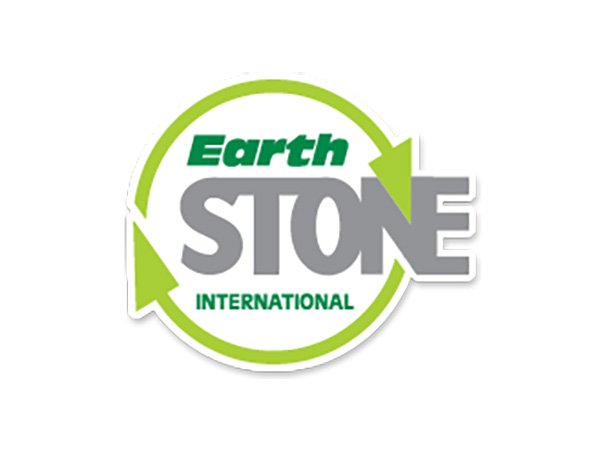
It would be difficult to find a task that woodworkers enjoy less than sanding. We feel safe in the premise that it is singularly the most loathed task in the woodworking world, just ahead of buying crooked, badly measured lumber.
So anything that can possibly cut down on the time you spend sanding your woodworking projects is a good thing, right? A year or so ago a new product came out called Earthstone Sanding Blocks, and they are promising to maximize the time you spend doing actual woodworking by minimizing sanding. When these abrasive pads were being tested on wood, says Terry Oster, vice president of marketing for Earthstone International, it was discovered that they sanded four times faster than sandpaper. And the new sanding blocks the company just unveiled, the ones that attach to an electric palm sander, can smooth your surfaces six times faster than sandpaper.
Got your attention?
To understand why the sanding blocks do what they do, it helps to know about their strange origin. It all started when the inventor of the material,Henry Oates, became concerned about local mining of pumice in Santa Fe. The pumice was being strip mined and ruining the local landscape in order to supply a nearby denim company with the material so it could make stone washed jeans. Oates decided he could duplicate the abrasive qualities of the pumice with recycled glass if it was ground up and spun into a new material. He was successful, but he was a bit too late. The jeans company switched from pumice to chemicals, so the new material had to find something else to do.
Its first home was in the restaurant business (as a grill scraper) because the co-founder of the company, Andrew Ungerleider, also owned a chain of health food restaurants. Ungerleider was also an originator of the granola bar, but we aren’t going to make any off-hand remarks about the similar abrasive qualities of that invention.
Terry joined the company a couple of years ago to help with the marketing. In addition to marketing, his background is in manufacturing , but he has also been involved in general contracting and once ran a couple of automotive body shops. So he knows a bit about sanding.
Earthstone Sanding blocks are now available for cleaning, rust removal and woodworking. The blocks themselves are the equivalent of 150 grit sandpaper, but just as effective at removing material quickly as any 36 grit sandpaper. So getting down to close-to-final finish is a much quicker prospect, says Oster. For fine furniture, you will still need to go to a finer grit sandpaper or steel wool, he says, but getting down to a 150 grit finish is much faster and easier.
Even more important, the glass particles slice the surface of the wood instead of shredding the fibers. So with this product, you end up with a surface that’s more like a planed finish. And most woodworkers will tell you that makes a big difference in the luster of the final product. This material also retains its abrasive surface, while sandpaper tends to degrade as you use it and lose the grains from the paper. The blocks also run a lot cooler, so you don’t get the clogging you will get with sandpaper when removing existing finishes.
For trim work, the blocks quickly conform themselves to the shape of the surface as you work with them. They can also be used either wet or dry.
These sanding blocks are another good example of how ingenuity finds its place in the market, and in this case, the woodworking market. What started out as an environmentalist’s desire to save the landscape eventually became a product that will save you time in your shop as you finish projects.
– Bob Filipczak






